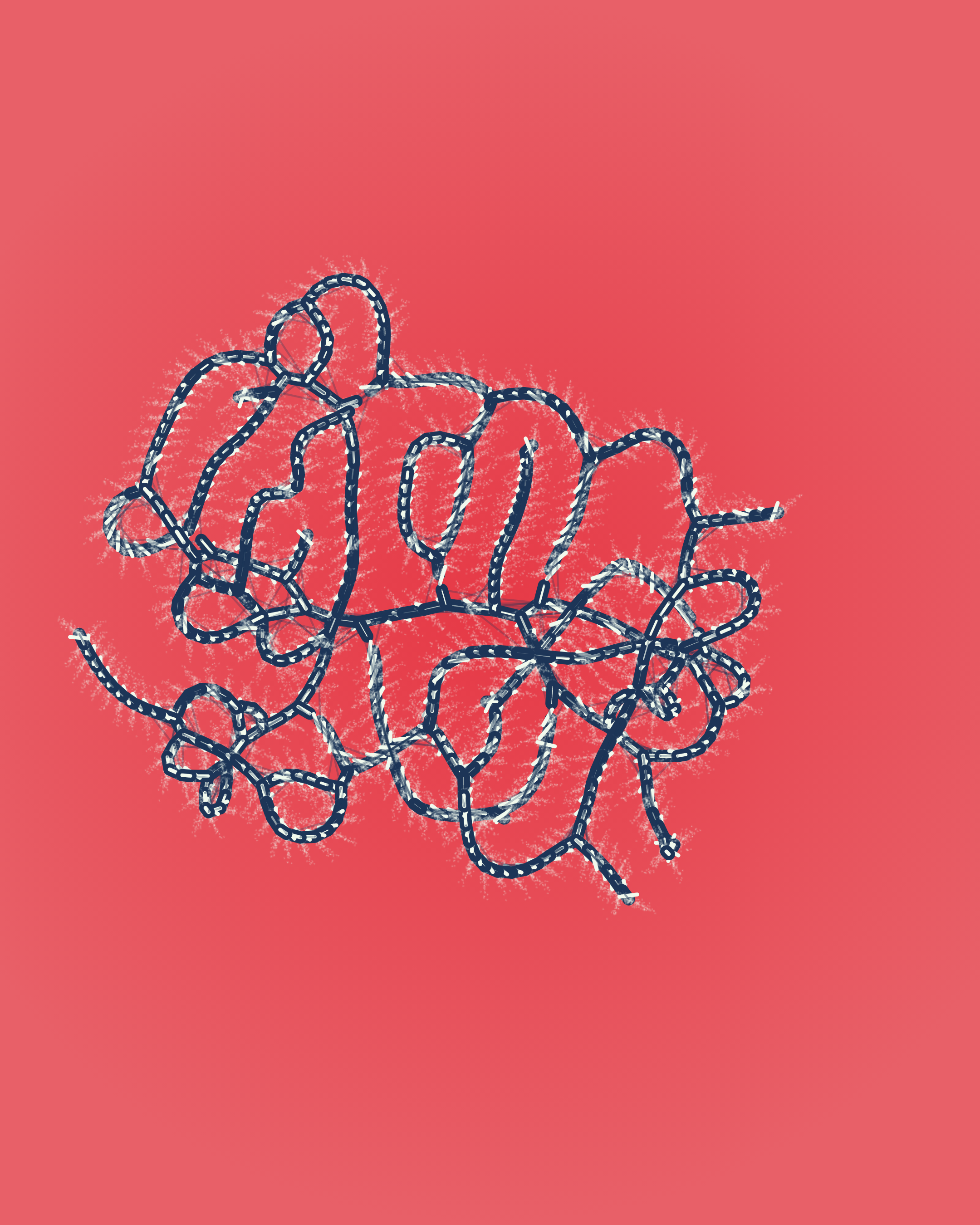


Minted
16/225Price
Ξ0.025Artist:Alba
90:10
Royalties
7.5%
Published 7/20/2023
1862 - Ernst Haeckel, a renowned German biologist, began drawing and illustrating organisms. His interest in illustrating organisms stemmed from his passion for the natural sciences and his desire to communicate his scientific findings to a wider audience.
Haeckel's illustrations were part of his broader work on the study of life forms and their classification. He sought to document and depict the immense diversity of organisms he encountered during his extensive research expeditions. Haeckel believed that visual representations were essential in conveying scientific knowledge and aiding in the understanding of complex biological concepts.
1970 - Mathematician John Horton Conway devised the cellular automaton 'Game of Life'. This simple yet captivating simulation demonstrates how complex patterns and behaviors can emerge from a set of basic rules.
Conway's Game of Life consists of a grid of cells, each of which can be either alive or dead. Through the application of a few straightforward rules, such as birth, death, and survival, an intricate interplay unfolds. Cells interact with their neighbors, giving rise to cool patterns that evolve and transform over time.
1986 - Computer scientist Craig Reynolds introduced Boids, a revolutionary simulation showcasing the emergence of collective behavior through the application of simple rules. Inspired by the flocking behavior of birds, Boids demonstrated that connected agents following three principles—separation, alignment, and cohesion—can exhibit remarkably realistic group dynamics. Boids paved the way for further research in artificial life and swarm intelligence, revealing how complex flocking patterns can arise from the interaction of individual agents adhering to these fundamental rules.
Morphling is the result of a development starting with a basic particle-based system, following many questions:
How can they grow? extend?
What kind of connections should they form? What is known and makes sense, and what would be a pleasant surprise?
Where is the line between some particles - to a network - to a moving organism?
How can time play a significant role here? both to bring joy and wonder to the viewer, and help grow a more interesting morphling?
When is it too much? what would their children look like? do they carry the same DNA?
How is it in nature?
This work was made to be mesmerizing, beautiful, funny and surprising. It is comprised of particles that connect to some neighbors, and repel all others, building up limbs and networks of an organism.
its drawn with html SVG elements (no canvas, no js library) for speed and good looks.
Happy Collecting :)